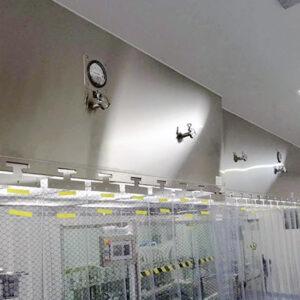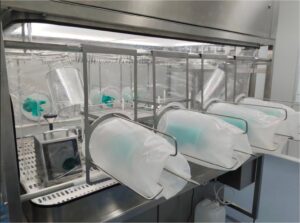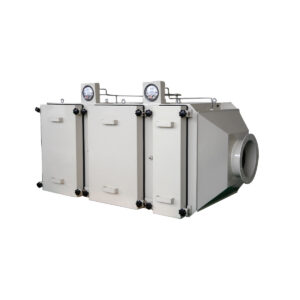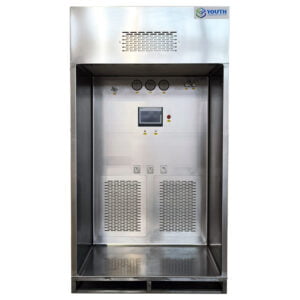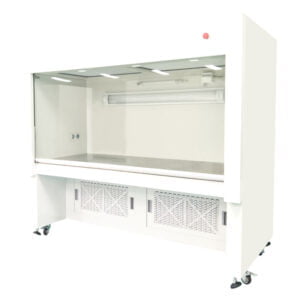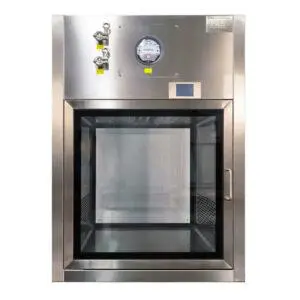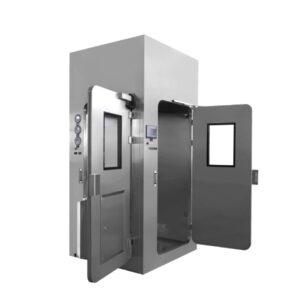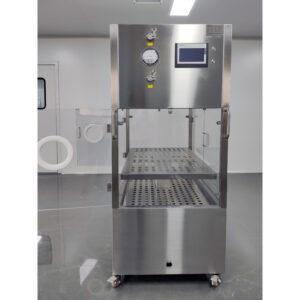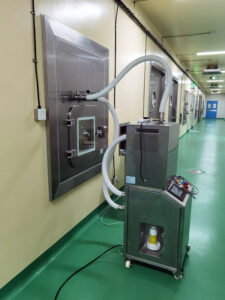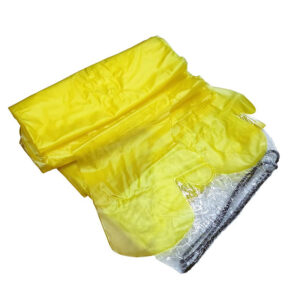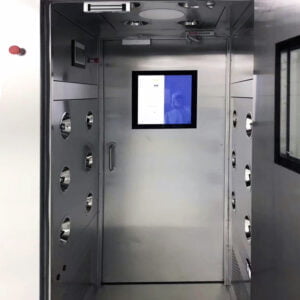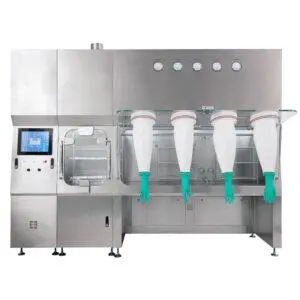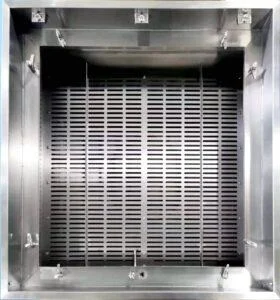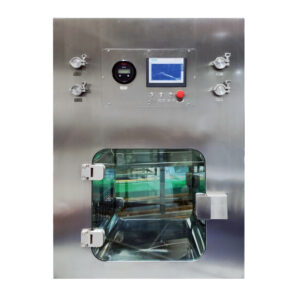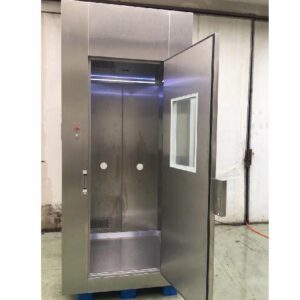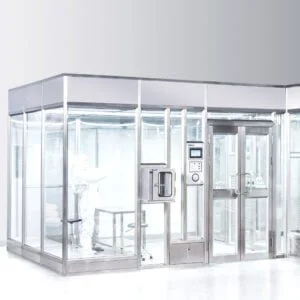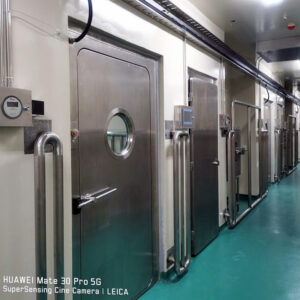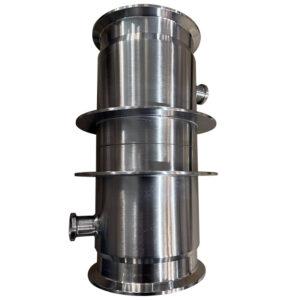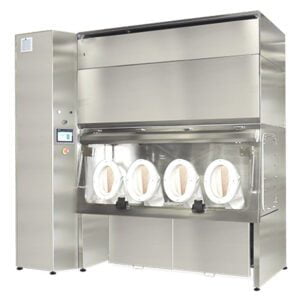So I got a panicked call last Thursday from a quality manager at a biotech facility in Singapore. Their containment strategy for a new cytotoxic production line had just been flagged during a pre-GMP audit, and honestly, the whole situation was a mess. They’d spec’d out their bag-in-bag-out filtration systems based on what worked in their previous facility, but—plot twist—completely different air handling requirements this time around. That’s the thing about pharmaceutical BIBO applications that drives me crazy: what works beautifully in one sterile manufacturing setup can be totally wrong for another.
Look, I’ve been dealing with cleanroom containment for about fifteen years now, mostly in pharma and biotech environments across Asia-Pacific, and BIBO systems still surprise me. Not in a bad way—they’re actually one of my go-to solutions when we’re dealing with hazardous materials or high-potency APIs. But the number of times I’ve seen them improperly specified or (worse) incorrectly maintained? It’s honestly annoying.
Why BIBO Systems Matter More Than You’d Think
Here’s the thing about pharmaceutical cleanrooms—you’re constantly balancing two competing needs. You need insane levels of air filtration to protect your product from contamination, but you also need to protect your operators and the environment from whatever nasty stuff you’re manufacturing. Standard HEPA changeouts won’t cut it when you’re dealing with cytotoxic compounds or live pathogens.
That’s where bag-in-bag-out systems come in, and they’re pretty clever when you think about it. The spent HEPA or ULPA filter gets sealed inside containment bags before and after removal, so you never actually expose anyone to the contaminated filter media. Sounds simple, right? But I’ve seen enough botched filter changeouts to know that the execution is everything.
I remember this one incident (probably shouldn’t share this, but anyway) at a pharmaceutical plant in Penang where they’d installed a BIBO housing on their primary production exhaust. Beautiful system, proper gel-sealed filters, the works. But nobody had actually trained the maintenance crew on the bag-sealing sequence. During the first filter change, they compromised the inner bag while trying to remove the filter frame. We had to shut down production for decontamination, and the validation delay cost them nearly two weeks of manufacturing time.
That really drove home for me that BIBO equipment isn’t just about buying the right hardware—it’s about the whole contamination control strategy.
The Real-World Applications (Where I Actually Use These Things)
In my experience working with sterile manufacturing facilities, there are basically four scenarios where I won’t even consider anything except a proper BIBO setup:
High-Containment Production Areas: When you’re manufacturing high-potency APIs or handling cytotoxic materials, there’s just no other way to safely change filters. I’ve worked on installations for oncology drug production where the OEL (occupational exposure limit) was so low that even microscopic filter media exposure was unacceptable. The pharmaceutical cleanroom BIBO systems we installed had double-bag configurations with continuous air monitoring during changeout. Overkill? Maybe. But that’s what GMP compliance required, and honestly, I slept better knowing operators were protected.
BSL-3 and BSL-4 Laboratory Exhausts: Look, I don’t work with BSL-4 facilities often (thank goodness), but I’ve done several BSL-3 biotech labs, and the containment requirements are no joke. You’re exhausting air that’s potentially contaminated with viable pathogens. Standard filter housings just don’t cut it from a biosafety perspective. The bag-in-bag-out approach means the contaminated filter never sees room air during removal.
Cleanroom AHU Exhaust in Sterile Fill Lines: This one surprises people sometimes. Even in positive-pressure cleanrooms, your exhaust filtration is critical. If you’re running aseptic filling operations, your exhaust HEPA filters are collecting whatever particulate and potential microbial contamination gets pulled out of the room. When those filters need changing (and trust me, in humid climates like Southeast Asia, filter life can be shorter than you’d expect), you don’t want to risk releasing that back into your facility.
Powder Handling and Dispensing Isolators: Pharmaceutical powder operations are tough on filters—you get loading issues way faster than with liquid processes. I’ve spec’d biotech BIBO containment solutions for probably a dozen powder dispensing rooms, and the ability to safely change heavily loaded filters without exposing operators to API dust is huge.
What Actually Matters When Choosing BIBO Equipment
Call me old-school, but I still start every pharmaceutical BIBO specification by asking about the actual changeout frequency. I’ve seen too many facilities over-engineer systems because they didn’t think through filter life. If you’re changing filters every three months due to high particulate loading, you need a system that’s honestly easy to operate—not some complex double-door configuration that takes an hour per filter.
The housing design matters way more than people realize. I prefer split-chamber designs where the bag inflation and sealing happen in a separate zone from the actual filter compartment. (Had a bad experience years ago with a single-chamber system where the bag got caught in the filter frame, and we couldn’t get a proper seal. That was a fun decontamination procedure… not.)
Bag quality is where facilities try to cheap out, and it bugs me every time. You’re specifying pharmaceutical-grade HEPA filters, sometimes ULPA if you’re in an ISO 5 environment, but then someone in procurement orders the lowest-cost containment bags they can find. Those bags need to handle the physical stress of filter removal, maintain seal integrity, and sometimes deal with decontamination agents like hydrogen peroxide vapor. Skimping here is penny-wise and pound-foolish.
Filter monitoring and indication should be integrated, not an afterthought. My go-to setup includes differential pressure monitoring across the filter and pre-alarms when you’re approaching changeout time. Gives you time to schedule maintenance instead of dealing with emergency filter changes during production runs.
The Installation Headaches Nobody Talks About
Okay, real talk about actually getting these systems installed and validated. It’s not just bolting a housing to your ductwork and calling it done.
Space requirements always seem to surprise facilities. BIBO housings are bulkier than standard filter housings because of the bag sealing chambers. I’ve had to completely redesign AHU rooms because the equipment wouldn’t physically fit in the space they’d allocated. Now I always do site surveys before finalizing equipment specs—learned that lesson the hard way.
Ductwork connections need to handle the pressure drop across the BIBO system, which is typically higher than standard housings. Had one installation where the existing exhaust fan couldn’t overcome the added resistance, and we had to retrofit a higher-capacity fan. That added three weeks to the timeline and probably $15,000 to the budget. Not fun conversations with the project manager.
Validation requirements for GMP-compliant BIBO applications can be intense. You’re not just doing standard HEPA leak testing—you need to validate the bag sealing process, demonstrate that containment is maintained during filter changeout, and often perform challenge testing with surrogate materials. At one pharmaceutical facility in India, the validation protocol ran to 47 pages and took nearly a month to complete. Was it overkill? Probably. Was it what the regulatory auditor wanted to see? Absolutely.
Regional Considerations (Because Asia-Pacific Is Different)
Working primarily in this region, there are some specific challenges worth mentioning. Humidity is my constant enemy. High ambient humidity affects filter performance and can reduce filter life, particularly with HEPA media. I always recommend humidity control upstream of BIBO systems in tropical climates—saves money in the long run even though it adds upfront cost.
Filter shipping and availability can be tricky. Most pharmaceutical-grade bag-in-bag-out filters are manufactured in Europe or North America, so lead times can run 8-12 weeks. I’ve seen facilities run into trouble because they didn’t plan for long delivery times and then had filters failing while waiting for replacements. Stock critical spares, people.
Local expertise for maintenance varies significantly. In major manufacturing hubs like Singapore or Shanghai, no problem finding technicians who understand BIBO systems. But in secondary markets? You might need to bring in specialists or invest heavily in training your own team.
What I Wish More People Understood
The biggest misconception about sterile manufacturing BIBO equipment is that it’s set-and-forget technology. It’s not. These systems need regular inspection, bag inventory management, and operator training refreshers. I’ve consulted for facilities where the BIBO system was perfectly installed, but three years later, maintenance practices had gotten sloppy and they were basically just going through the motions without proper containment protocols.
Also—and this is probably controversial—not every pharmaceutical cleanroom needs BIBO filtration. I’ve talked clients out of BIBO systems when the containment requirements didn’t justify the added complexity and cost. Sometimes a properly designed negative-pressure changeout procedure with appropriate PPE is sufficient. BIBO systems should solve a specific containment problem, not just be a checkbox on a facilities list.
Wrapping This Up
Look, pharmaceutical BIBO applications aren’t the most exciting topic in cleanroom design, but they’re critical when you need them. If you’re handling hazardous materials, dealing with high-potency compounds, or working in high-containment biosafety environments, invest in proper bag-in-bag-out systems and—equally important—in the training and procedures to use them correctly.
That biotech facility in Singapore I mentioned at the beginning? We sorted them out with a properly spec’d BIBO system on their cytotoxic production line, spent two days training their maintenance team on changeout procedures, and they passed their GMP audit without issues. Sometimes it’s just about taking the time to do containment right from the start.
And honestly? That’s what keeps me coming back to this work. When a well-designed system protects both product quality and operator safety, that’s pretty satisfying. Even if the validation paperwork drives me a little crazy.
Related Contents:
- Bag-In/Bag-Out (BIBO) Systems: Operation and Maintenance Guide
- Bag In Bag Out Systems | Safety Fundamentals Explained
- Top 5 BIBO Containment Solutions for 2025
- Safe Chemical Handling with BIBO Systems
- Understanding BIBO | Hazardous Material Containment
- BIBO System Basics | Bag In Bag Out Filter Principles
- BIBO vs. Traditional Containment: Which is Better?
- How BIBO Works | Containment Filter Technology Guide
- BIBO Systems: Ensuring Food Safety in Processing


